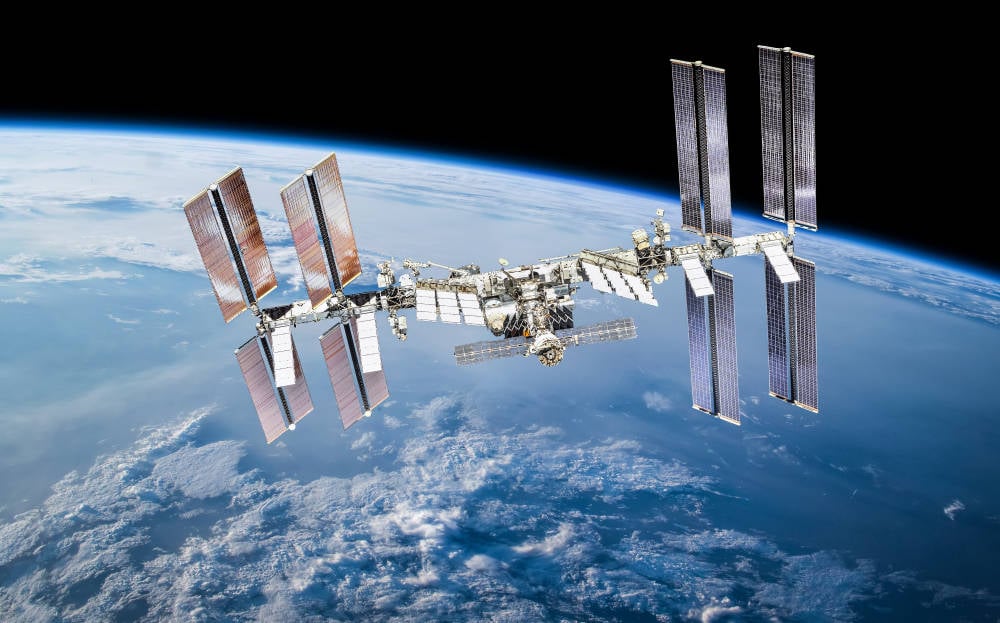
"The HTV-X is also notable because JAXA, and its manufacturer Mitsubishi Heavy Industries, designed it to be useful after it leaves the ISS. Mission plans for many cargo carriers that visit the space station call for them to be packed full of trash and sent into an orbit that sees them burn up in Earth's atmosphere. HTV-X can operate and host equipment for up to 18 months after leaving the space station."
"Payloads on this mission included one called "DRCS" - the Demonstration System for CO ₂ Removal, a machine that is smaller and lighter than the current equipment used to remove the gas from air on the ISS. JAXA hopes tests of the DRCS on the ISS prove it will be useful for installation on the Lunar Gateway - the space station that will orbit the Moon as part of the Artemis Program."
The HTV-X launched on JAXA's H3 Launch Vehicle and docked at the International Space Station after capture and guidance by the station's robotic arm. The cargo included food, experimental kits, equipment, and the DRCS CO₂ removal demonstrator intended as a smaller, lighter system for potential Lunar Gateway use. HTV-X was designed to remain operational after departing the ISS rather than being disposed of immediately, with an on-orbit life of up to 18 months. The first mission carried four additional payloads: H-SSOD, Mt. FUJI, DELIGHT, and SDX. The H3 rocket performed as planned despite earlier test anomalies affecting numbering.
Read at Theregister
Unable to calculate read time
Collection
[
|
...
]